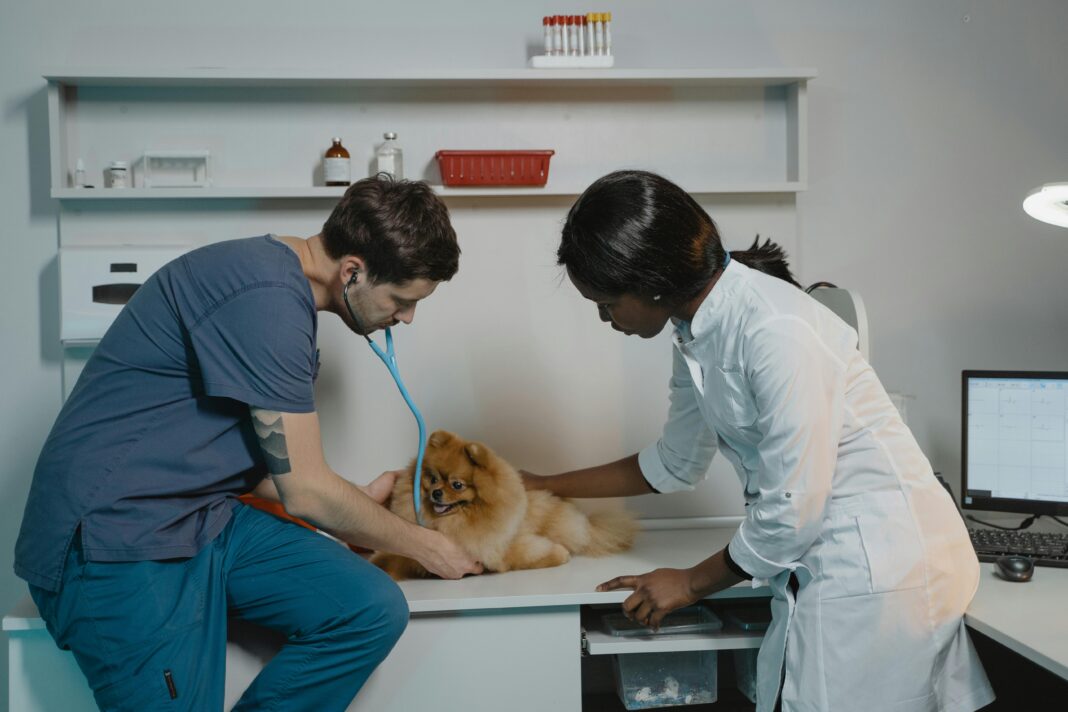Creating a daily pet care routine is essential for your furry, feathered, or scaly friend to thrive. Just like humans, pets require consistent care to ensure their physical health and emotional well-being. This article will delve into the key components of a daily pet care routine, incorporating practical tips to help you provide the best possible care for your beloved companion.
1. Nutrition: The Cornerstone of Pet Health
Balanced Diet
Providing a balanced diet tailored to your pet’s species, age, and health needs is paramount. High-quality pet foods, whether dry or wet, should contain essential nutrients, including proteins, fats, vitamins, and minerals.
Feeding Schedule
Establish a consistent feeding schedule. For most pets, two meals a day work best, while puppies and kittens may require more frequent feeding. Always monitor portion sizes to prevent overfeeding and obesity.
Fresh Water
Ensure your pet has access to fresh, clean water at all times. Hydration is crucial for maintaining health and aiding digestion.
2. Regular Exercise: Keeping Them Active
Physical Activity
Daily exercise is vital for maintaining your pet’s physical condition and mental health. Dogs, for instance, require daily walks and playtime to expend their energy, while cats also benefit from interactive play sessions.
Tailored Exercise Routines
Consider your pet’s specific needs. Older pets may require gentler activities like leisurely strolls, while more energetic breeds will thrive on vigorous exercises like jogging or fetching.
Socialization Opportunities
Take your pet out to meet other animals and people. Socialization is crucial for a well-rounded, happy pet, helping prevent behavioral issues over time.
3. Grooming: Keeping Your Companion Clean
Brushing and Bathing
Regular grooming helps prevent matting (in longer-haired breeds) and reduces shedding. Brush your pet’s coat according to their breed’s needs—daily for some, weekly for others. Bathing can be done monthly or as needed, using pet-friendly shampoos.
Nail Trimming
Monitor your pet’s nails and trim them regularly. Long nails can lead to discomfort or mobility problems. If you’re unsure how to trim nails safely, consult a veterinarian or a professional groomer for guidance.
Ear and Dental Care
Check your pet’s ears weekly for dirt and wax buildup. Clean gently using a vet-approved cleanser. Dental hygiene is equally important; brush your pet’s teeth several times a week and provide dental treats for additional cleaning.
4. Health Monitoring: Staying Proactive
Daily Health Checks
Make it a routine to observe your pet for any signs of changes in behavior, appetite, or energy levels. Regularly check for unusual lumps, swelling, or any signs of discomfort.
Vaccination and Vet Visits
Keep your pet’s vaccinations up to date and schedule regular veterinary check-ups. These visits are essential for early detection of health issues and ensuring your pet remains healthy.
Parasite Prevention
Consult your vet about preventive treatments for fleas, ticks, and worms. Regular treatments can help avoid infestations and serious illnesses.
5. Mental Stimulation: Engaging Their Minds
Interactive Play
Incorporate mentally stimulating activities into your pet’s routine. Puzzle toys, treat-dispensing toys, and interactive games can help keep your pet engaged and prevent boredom.
Training Sessions
Daily training sessions, even for a few minutes, can be beneficial. Teaching your pet commands and tricks not only improves behavior but also strengthens the bond between you and your pet. Consider enrolling in obedience classes for more structured learning.
Varied Environments
Alternate your pet’s environment by exploring new routes during walks or providing new toys regularly. Variety will keep their interest piqued and enhance their overall happiness.
6. Comfort and Safety: Creating a Secure Environment
Safe Space
Designate a comfortable area in your home where your pet can retreat for relaxation. This helps them feel secure, especially during stressful events like loud noises or visits from strangers.
Hazard Reduction
Ensure your home is pet-proofed. Keep hazardous items, such as toxic plants, cleaning supplies, and small objects, out of reach. Regularly check that fences and gates are secure to prevent escapes.
Climate Control
Make sure your pet is comfortable throughout the seasons. Provide adequate heating during colder months and ensure they have a cool place to escape the heat in summer.
7. Love and Affection: The Heart of Care
Quality Time
Spend quality time with your pet daily. Whether it’s cuddling on the couch or playing with their favorite toy, this bonding time helps nurture your relationship and enhances their overall well-being.
Positive Reinforcement
Always use positive reinforcement methods when training or correcting your pet’s behavior. Praise, treats, or toys can motivate your pet and make them feel loved.
Monitor Emotional Health
Be attuned to your pet’s emotional needs. Signs of stress or anxiety should not be overlooked. Create a loving and calm atmosphere, and consult a professional if behavioral issues arise.
8. Emergency Preparedness: Being Ready for the Unexpected
First Aid Kit
Ensure you have a pet-specific first aid kit readily available. Your kit should include bandages, antiseptic wipes, tweezers, and any medications your pet may need.
Emergency Contacts
Keep a list of emergency contacts, including your veterinarian’s office and a 24-hour emergency pet clinic. Familiarize yourself with the nearest emergency services and what to do in case of an emergency.
Identification
Ensure your pet has proper identification, such as a microchip and an ID tag with your contact information. This step is crucial in case your pet goes missing.
By integrating these practices into your daily routine, you can ensure your pet leads a happy, healthy life. Fostering a strong bond through care, attention, and love is the ultimate key to being a responsible and loving pet owner.





